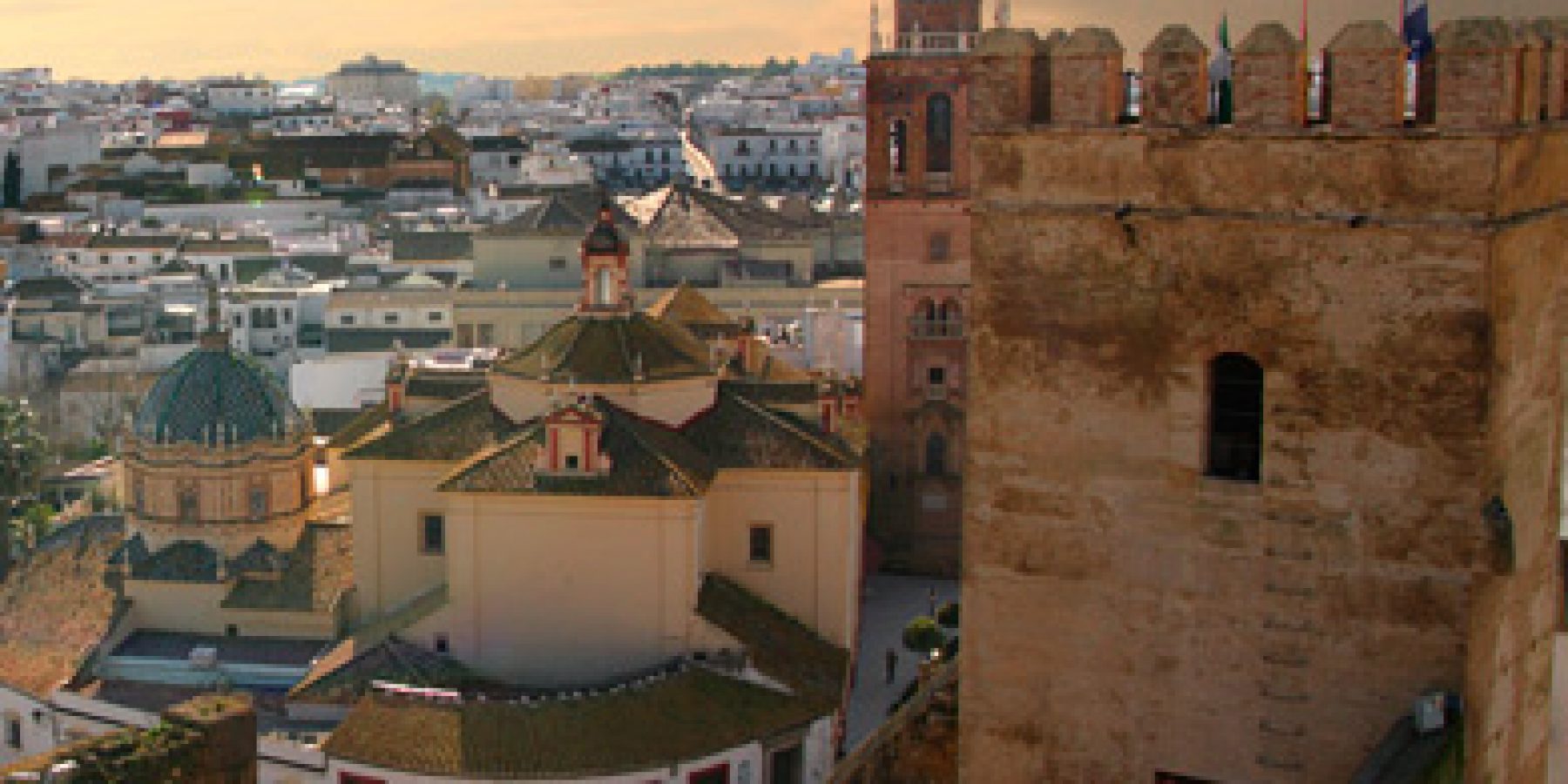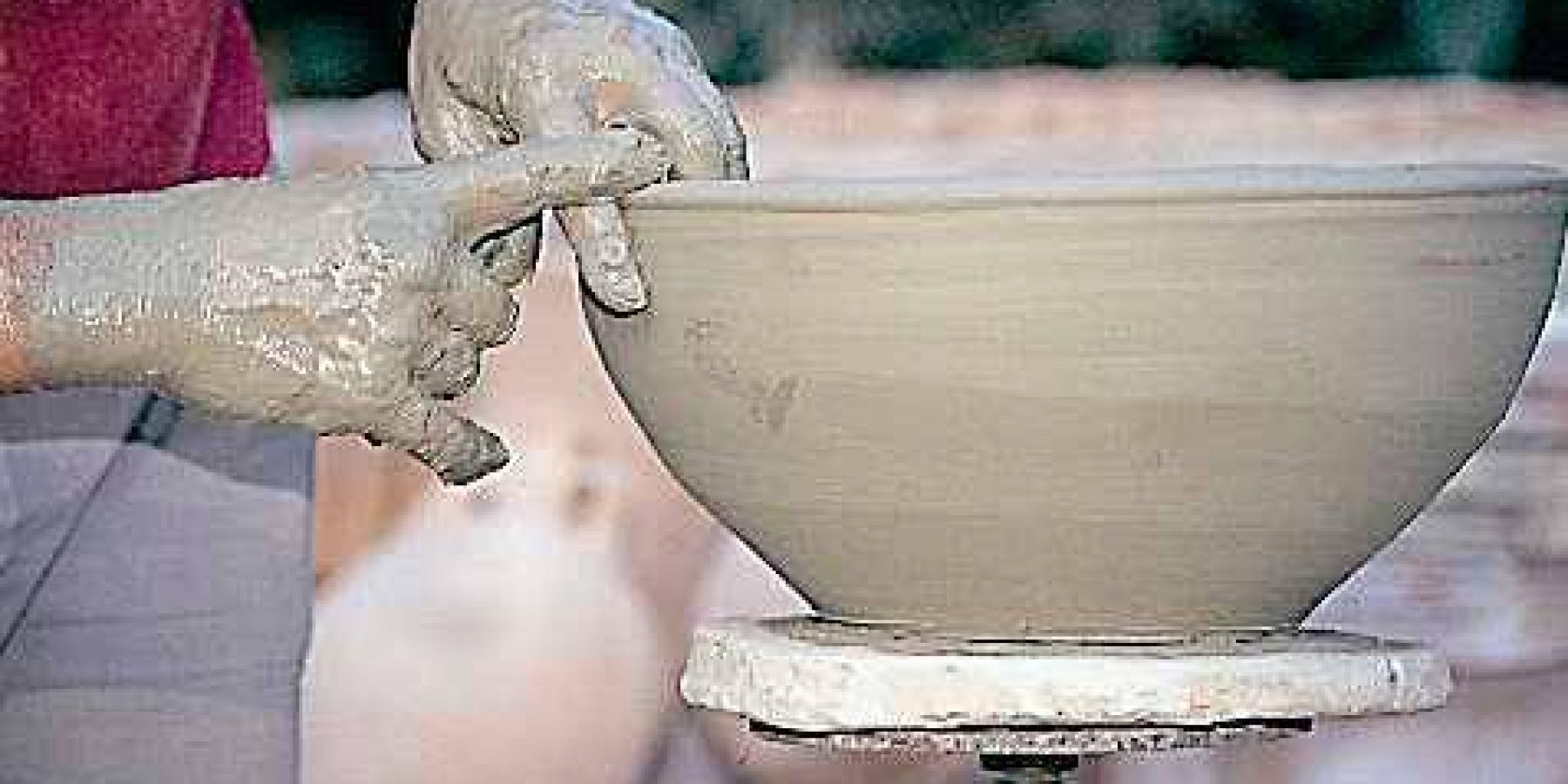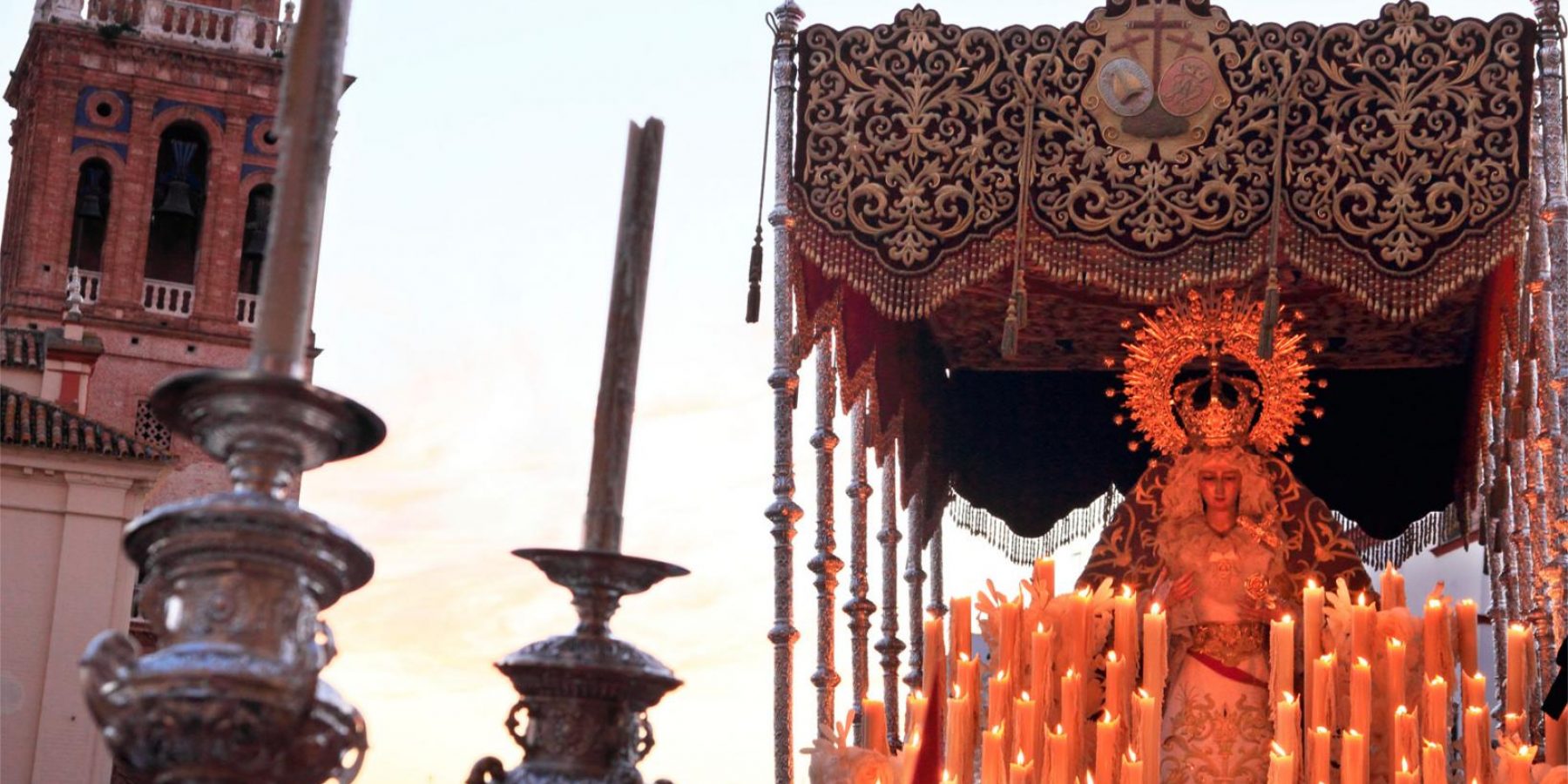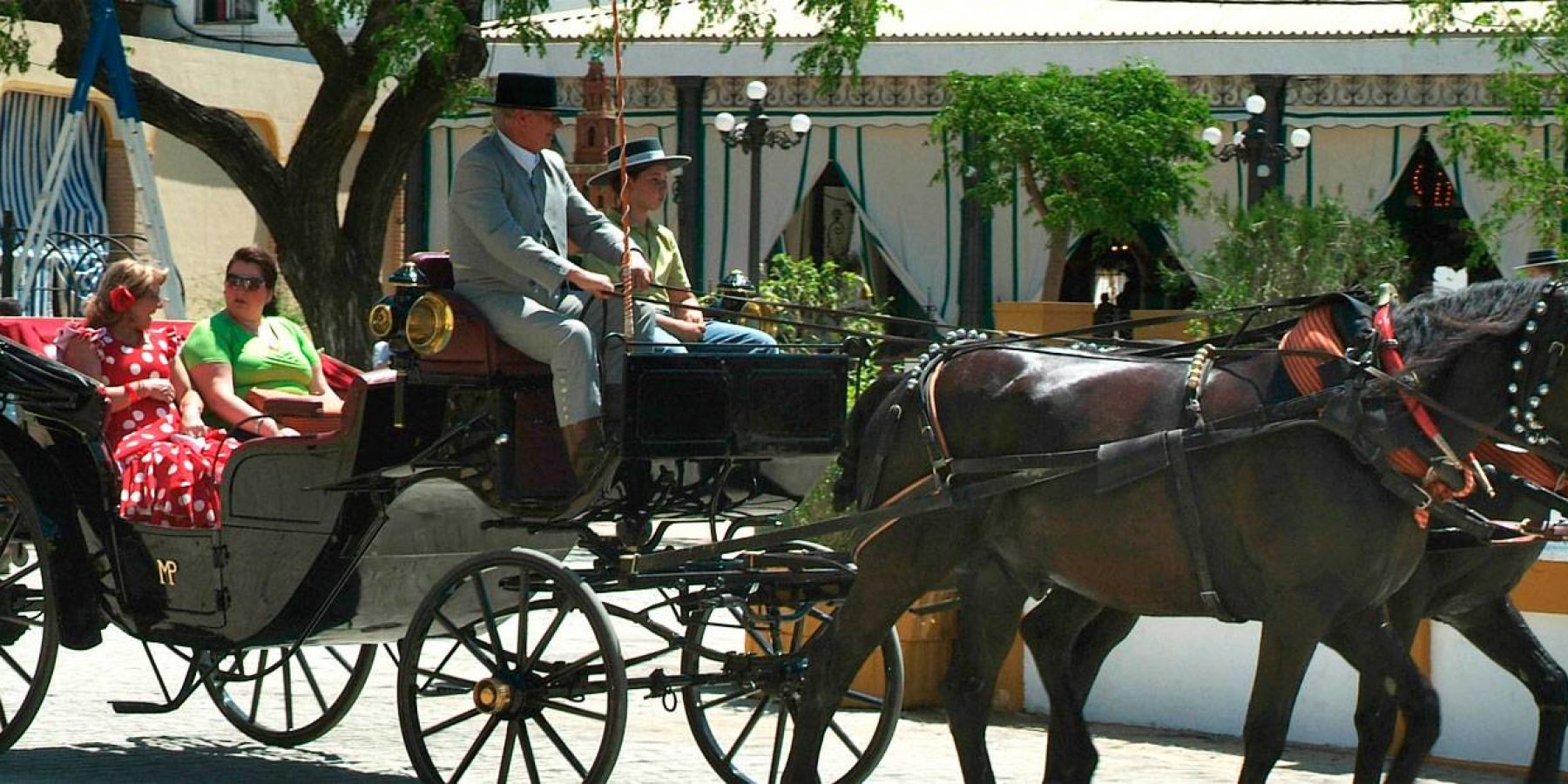Carmona, surrounded by the fertile plains of the province of Seville, possesses one of Andalusia’s most important heritage ensembles. The town’s importance dates back to the days when it was part of the Roman province of Betica. The richness and variety of its heritage can be seen both in its religious and civil architecture and in its numerous Roman, Moorish, Baroque and contemporary buildings.
The origins of this town date back to the Neolithic Age, and numerous prehistoric remains have been discovered in the area. The Iberian city, underwent profound Romanisation, including the privilege to coin its own currency. Many of its monuments date back to that period, as does its urban structure.
During the Muslim occupation, Carmona conserved its importance and was even capital of one of the Taifa kingdoms. In 1247, it surrendered to Ferdinand III, the Saint. Carmona benefited greatly during the reign of King Pedro “the Cruel” because it was one of his favoured towns.
During the reign of Juan II and Enrique IV, Carmona was the scene of rivalries between the Ponce de León and Guzmán noble families. Carmona’s role in the reconquest of Granada was notable, as can be noted in the abundant documentation available in the Municipal Archive.
In 1630, Felipe IV granted Carmona the title of “city”. The town currently has 28 500 inhabitants.











